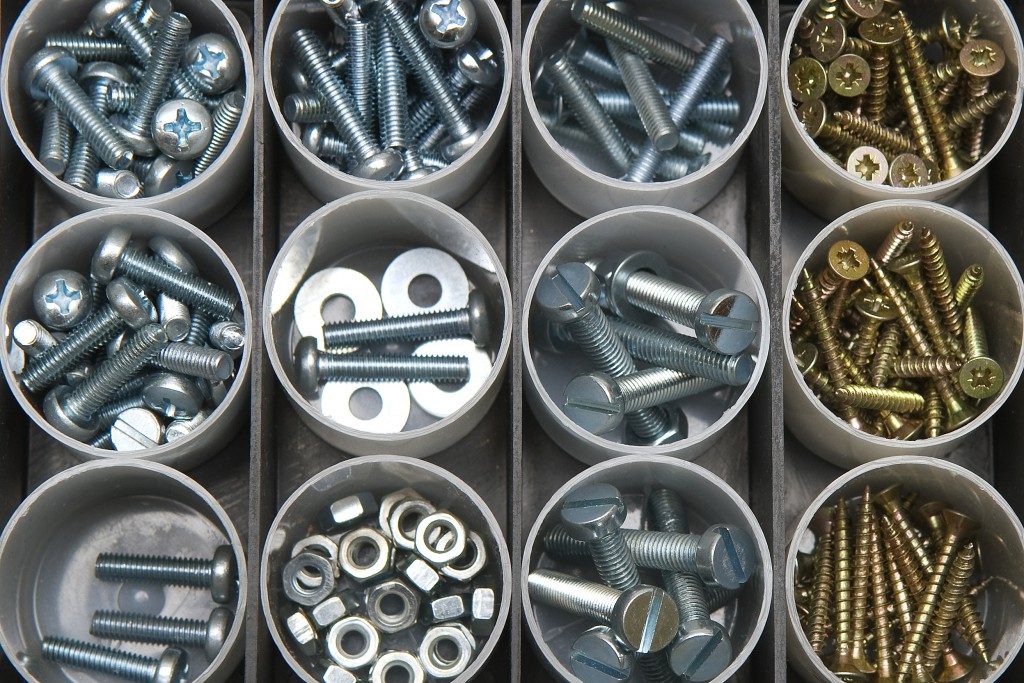Joining different pieces is the primary work in the construction sector. There are various materials used for fasteners in the construction sector, including alloy steel, silicon bronze, aluminium, carbon steel, and stainless steel. There also exist a broad range of fastener types.
It is hence vital to use the right fastener to guarantee a safe and strong construction. Although cables and chains are sometimes used to hold construction materials, they are not regarded construction fasteners since they perform other functions.
Bolts and nuts suppliers stock more construction fasteners than bolts and nuts. Though the terms nut and bolt are at times used interchangeably, the fasteners are different. Screws use threads for their holding power while bolts require the installation of a pre-tapped hole or nut for fastening.
The following tidbits will help you further understand the different fastener types that will make a difference in your construction project.
Bolts
Coach or carriage, hex head, machine, shoulder, and square head bolts are some of the common types of construction bolts. Coach bolts have a countersunk or domed head and their head grips into the fastened material thus preventing the turning of the bolt once the nut is tightened.
The hex bolt or screw has a hexagonal head and is driven using a wrench. Machine bolts have a flat point, while shoulder bolts are a variant of machine screws that have a shoulder between their head and thread. Square head bolts have a four-sided head style, which allows an easy and large grip area.
Screws
The distinguishing element between a screw and a bolt is that the former needs no nut but instead has helical threads to pierce the construction material. Deck screws have a square drive and bulge head, which eradicate the stripping effect of some fasteners on construction materials.
Hex lag screws are used to lag machinery to wooden floors or lumber for framing and a range of heavy-duty constructions. Sheet metal screws have sharp cutting threads for cutting into wood, plastic or metal and a notched end for chip removal in thread cutting.
Nuts
 Cap, castle, and coupling nuts are the common ones used in construction. Castle nuts are used in conjunction with cotter pins to avert their loosening in low-torque projects. Cap or acorn nuts have a domed top, which prevents contact with the nut’s external thread. Coupling nuts have a hex on their exterior to enable their driving into a wrench and are used to join two male threads.
Cap, castle, and coupling nuts are the common ones used in construction. Castle nuts are used in conjunction with cotter pins to avert their loosening in low-torque projects. Cap or acorn nuts have a domed top, which prevents contact with the nut’s external thread. Coupling nuts have a hex on their exterior to enable their driving into a wrench and are used to join two male threads.
Washers
These are thin plates used to distribute a threaded fastener’s weight. Washers are also at times used as locking devices, wear pads, springs, and spacers. Dock, structural and extra-thick flat washers are types of heavy-duty washers and suffice in applications where you need an extra-thick washer.
The best pick depends on different factors. The accessibility of your construction area and the type and weight of the materials you are joining are the primary elements that should guide your decision.
The environment of your construction area will also influence your fastener choice. There are however different fastener finishes now available to minimise the impact of environmental aspects.

